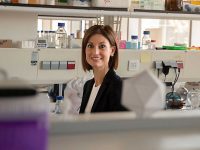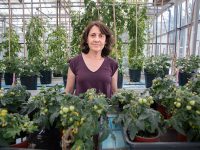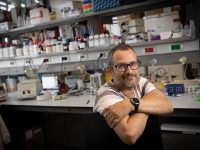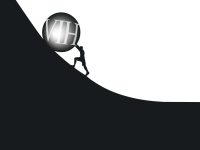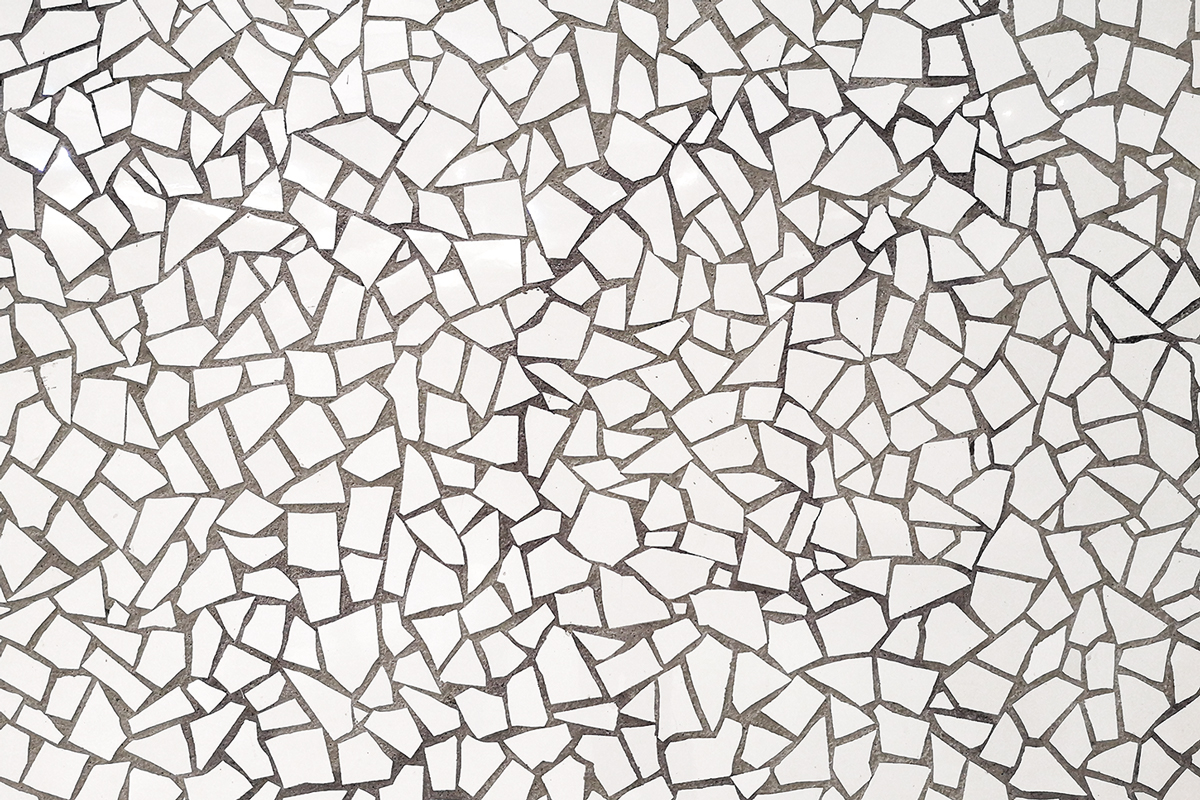
Living in a city like Barcelona, with so many of Gaudí’s works, means that you do not always realise the unique value of one of his favourite techniques, trencadís (ceramic mosaics). Gaudí’s personal and imaginative art was inspired by plant and animal elements. The innovative technique of trencadís, one of his most personal hallmarks, allowed him to chromatically decorate curved forms that imitate nature. Of course, mosaics made of small pieces or tesserae had already been used in ancient times to decorate floors and walls, always on flat surfaces, but all the pieces in those mosaics were uniform and they tried to blur out each individual contribution to create an optical illusion of uniformity and continuity. It sort of reminds of pointillism, which, from a distance, allows us to see the whole instead of each small brushstroke, what in our digital age we call pixelation. But trencadís generates the opposite effect: each piece is different and brings harmony by breaking the uniformity, with bright colours next to other neutral ones; large pieces broken randomly, which gain new meaning in the composition. They say Gaudí once saw broken ceramic pieces from a building site, grouped together to be thrown away, and thought of recycling them and giving them a new life.
«We have all inherited DNA sequences from forgotten ancient ancestors»
Who knows if among the pieces he found a dragon or the mask of a warrior from a different time? The trencadís was incorporated into many of his emblematic works and is now another symbol of the Modernist period in Barcelona, a symbol with its own name.
We are also a trencadís. Or rather, our instruction manual, our DNA, is. We often think that everything we have is a possession, but our DNA is inherited. Half from our father and half from our mother, and for them, in turn, half from each of our grandparents, and for them, half from each great-grandparent, and so we could go up our genealogical ladder, each ancestor inheriting half the DNA of their progenitors. Sounds easy enough, does it not? But let us remember that, while we pass on half of our DNA to our children, we do not pass on the same halves that we have inherited, but rather we pass on a different combined half. And so it is that our DNA is a trencadís, with larger fragments, smaller ones, a harmonious composition of different colours and textures, of ancestors lost in the mists of time, fragments of a Sicilian great-grandmother descended from a Phoenician colony next to the fragments of a great-great-grandfather descended from northern barbarians; smaller fragments of a Neanderthal ancestor next to larger fragments of modern humans who migrated more recently from Africa, shaping and giving meaning to our genetic information.
Naturally, there are pieces of my trencadís that I share with you, I share different pieces with each one of you, because the humans currently inhabiting the Earth have been separated for a relatively short period of time. For example, of those of you who read me and can drink milk without problems and are lactose tolerant, so I probably share the same piece of the trencadís with many of you, because there are very few mutations that confer lactase persistence expression in adulthood. Similarly, those of us with blood group B all have the same piece of the trencadís, and I could keep telling you about different pieces of the trencadís that I share with you, and many others that I do not have, but that perhaps some of you share.
Is it not poetic to think that our DNA is made up of little pieces? We have all inherited DNA sequences from forgotten ancient ancestors, but they are not quite dead because small fragments of their DNA found a new life within us. Just like a trencadís.


